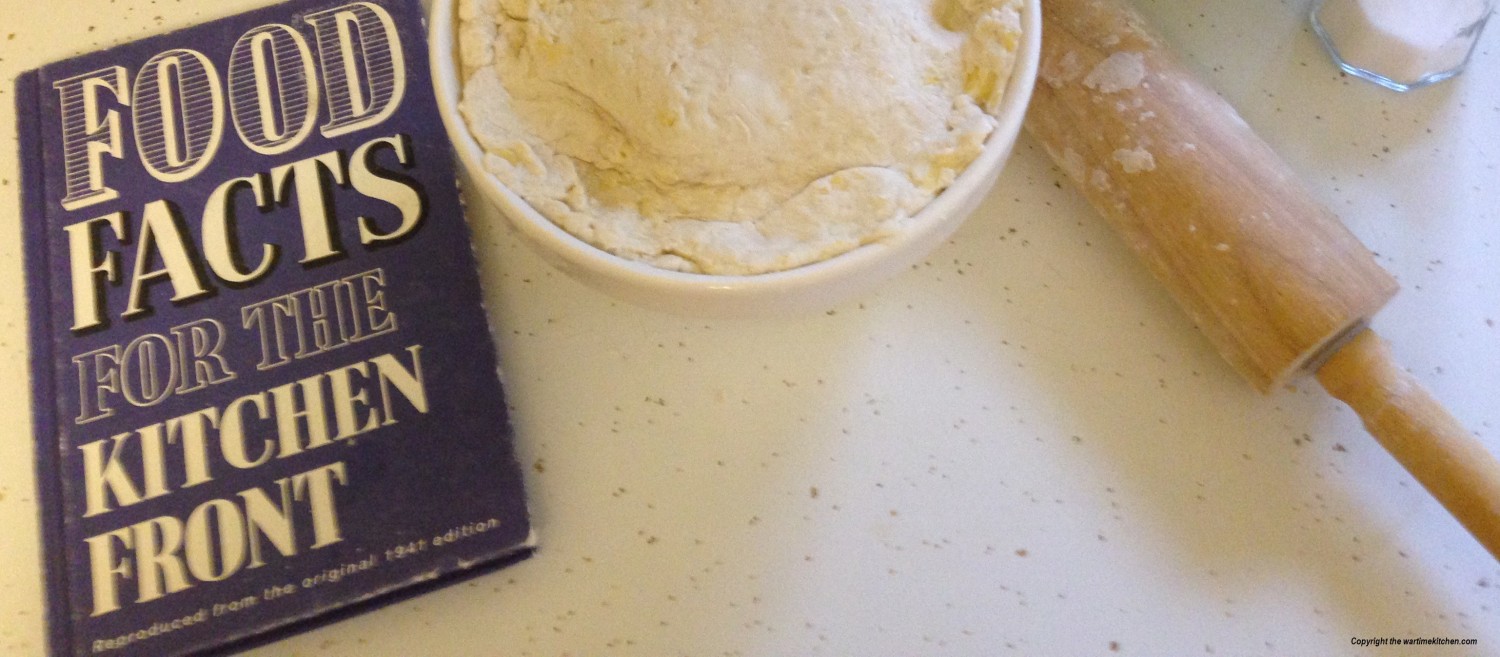Snoek
As rationing continued to get more strict as the war loomed on, sources of protein became more rare. Meats, such as beef and pork, were rationed and allowable amounts were about 4 to 6 ounces per week, per person, but chicken and fish were not although difficult to get. Fishing in Britain had become dangerous since there was the threat of bombing, even close to shore. The availability of cheap fish called snoek, or snook (a relative of the tuna and mackerel), in South Africa allowed for eleven million cans of fish to be shipped to England; the government believed it to be the “savior of the fish problem” (Shephard, 329*). It did not catch on! Many people did not like the fish with the unusual and funny name and many remember it as being inedible, smelly, and foul-tasting. Most of the tinned Snoek remained firmly on the shop shelves. The Ministry of Defense issued recipes to make the fish palatable, but even that effort of turning the salty fish into snoek paste, snoek sandwiches, and snoek piquant, did not prove popular.

The British government bought millions of tins of Snoek and with much of it left near the end of the war, the unsold tins were given new labels and sold as food for cats and kittens! (Thomas, 35**)
Click the link for a recipe with tinned snoek: Snoek Piquant
*Pickled, Potted, and Canned by Sue Shephard, Simon and Schuster, 2006
**Villains’ Paradise by Donald Thomas, Pegasus Books, 2006


